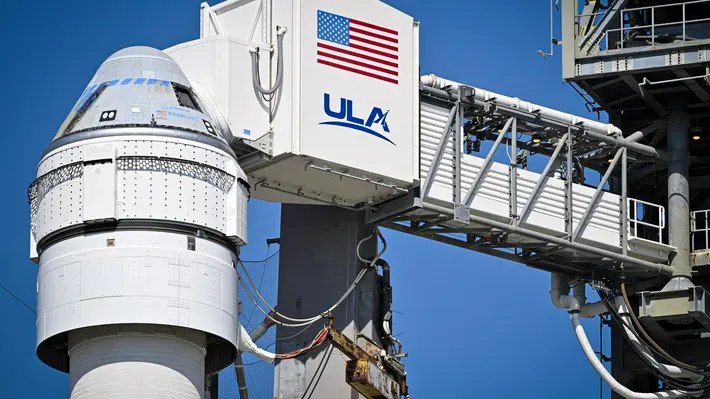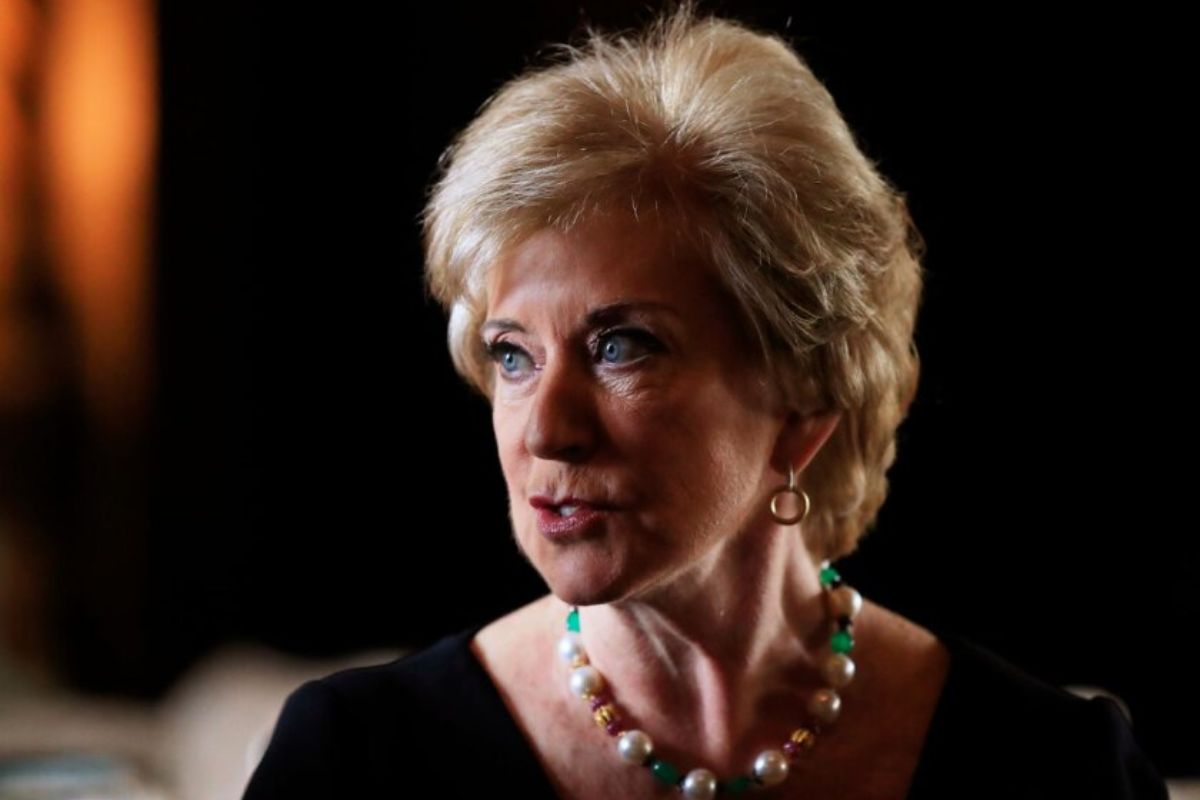Real Estate news – Restaurants have long been viewed by landlords as dangerous tenants with a high failure rate. With Americans dining out more than ever, the restaurant industry is emerging as the hottest segment of retail real estate.
Food services accounted for more than 19% of all retail leases last year, the biggest proportion for any category since 2007, according to research firm CoStar Group.
The increase indicates how Americans are spending more time and money in restaurants, ranging from fine-dining establishments to fast-casual outlets.
Analysts believe that increased restaurant spending in recent years has been driven by low unemployment, rising salaries, the rise of “foodie culture,” and millennials’ tendency to marry and have children later than prior generations. Single households are less likely to go grocery shopping than families.
It’s a vast cry from the days of the pandemic, when tens of thousands of establishments were permanently closed. Four years later, substantial restaurant leasing has helped propel the retail real estate industry to its highest level in years.
“It has definitely come as a surprise,” said Brandon Svec, CoStar’s national director of retail analytics in the United States. “We wouldn’t have seen as strong of a retail recovery without it.” According to the USDA’s Economic Research Service, the average household spent about 53% of its food budget on food away from home last year, a record high and a 10 percentage point increase from 2003.
Overall restaurant sales have never been greater. According to the National Restaurant Association, they are on course to reach $1.1 trillion this year, up 5.4% from the record-high level set in 2023.
Real Estate restaurant USDA
Dining out has become more expensive in recent years. In 2018 the average household spent somewhat more money on dining out for the first time since the USDA began monitoring figures in 1997. Restaurant expenditure plummeted in 2020, but quickly recovered as businesses reopened when virus fears subsided.
Bailey Mack, a 32-year-old business development professional from Louisville, Ky., grew up eating nearly exclusively home-cooked meals. Restaurants were reserved for special events like as birthdays or out-of-town family visits.
Even as an adult, she viewed dining out to be an expensive indulgence. Then the pandemic struck. When eateries reopened, Mack hung out with pals at her neighborhood burger and fries business and went on dates with her now-husband to Indian and Asian restaurants.
“The stimulus checks came through, and there were all these restaurants around me that I’d always wanted to try,” she explained. “It’s about connecting with people through food.”
Restaurant rentals and occupancy rates have risen across the United States in recent years. Pine Tree a retail real estate business claimed it is signing new restaurant tenants at rents that are up to 10% more than pre-pandemic levels.
Chipotle Mexican Grill, one of the fastest-growing restaurant chains has successfully capitalized on the dining-out trend. The firm established 271 new restaurants last year, the most in company history, and aims to add another 300 this year.
The majority of Chipotle’s new sites have drive-through lanes, allowing customers who have ordered ahead of time through the company’s app to pick up their food without leaving their cars. After rising during the epidemic, digital purchases have slowed and currently account for approximately 37% of total revenues, according to Chris Brandt. chief brand officer for Chipotle.

“Recently, the in-store visits have come roaring back,” Brandt stated. “People like the customization, they like to go down the line,” he said, alluding to the burrito-making process.
For years, property owners were wary of food tenants. Building out restaurant spaces is an expensive cost often borne by landlords. Many establishments fail early on.
But an increase in creditworthy chains coupled with data showing that food establishments boost foot traffic to nearby businesses have made landlords eager to sign restaurant leases.
According to Matt Lougee, president of Pine Tree’s capital markets, “it’s definitely one of the darlings of our industry right now.” Since 2019, the fast-casual restaurant tenants of Pine Tree have seen average sales volumes increase by 6% yearly on average, roughly double the historic pace of growth.
Undoubtedly, in recent years, restaurant sales have been inflated by inflation and rising menu costs. However hybrid employment provides suburbanites more freedom to conduct errands and eat lunch during the workday, which is why Lougee said consumer demand is also rising.
However, Sara Senatore, senior analyst at Bank of America, noted that these recent difficulties don’t portend a major downturn for the restaurant business as a whole. Americans continue to spend more money at restaurants, as evidenced by the fact that McDonald’s sales volumes are still more than 30% greater than they were before to Covid.
Senatore stated, “You have this long-term trend, which is ongoing, even though the tailwinds from consumers are a little less robust.” “The entire industry seems to be growing.”
Source
wsj.com and msn








